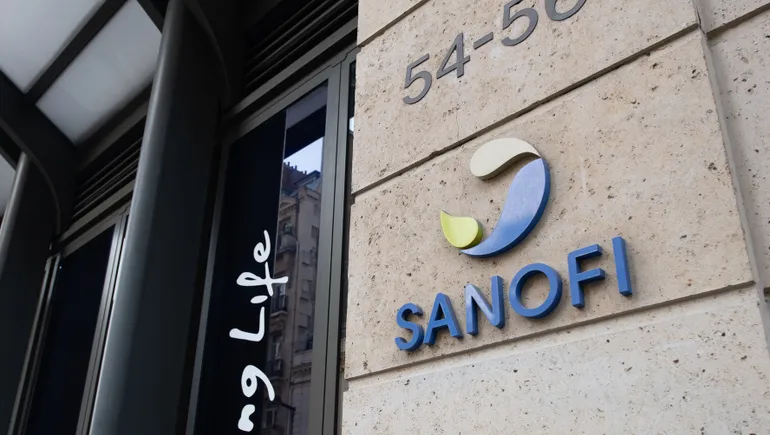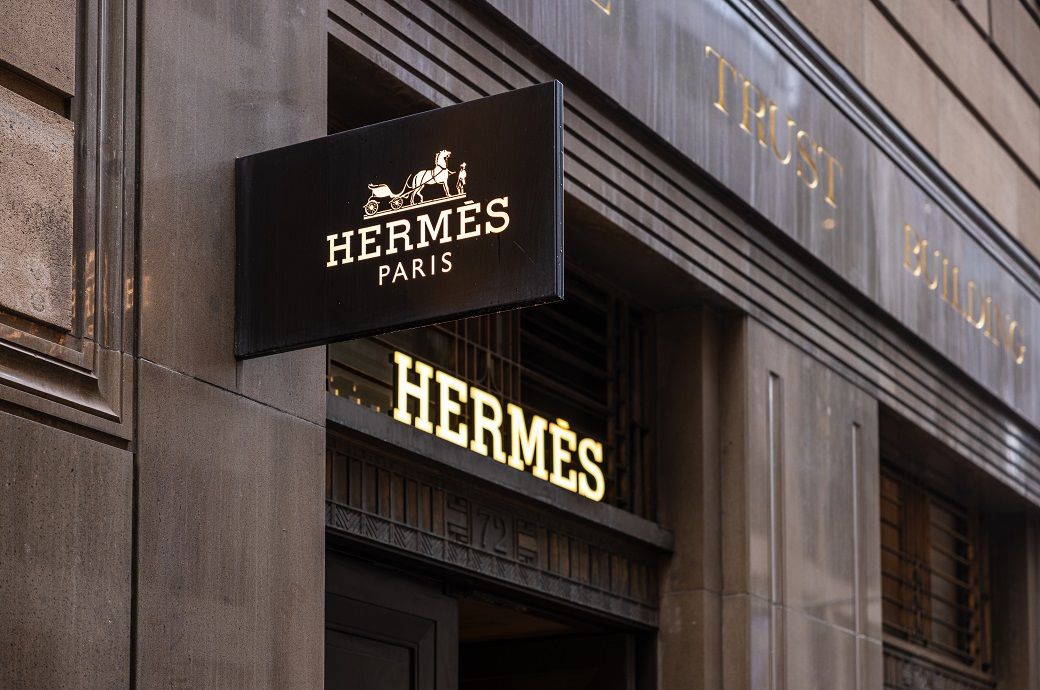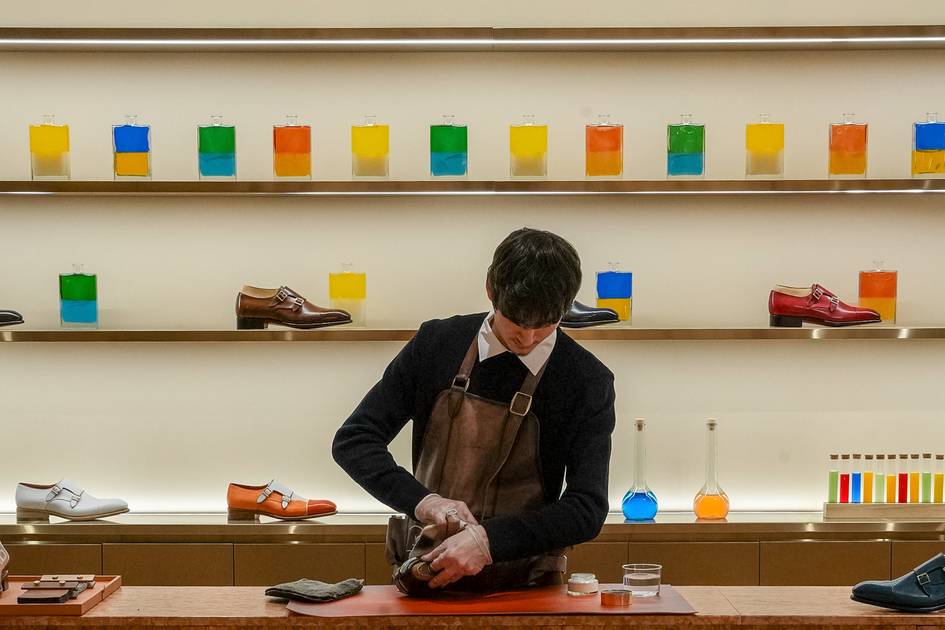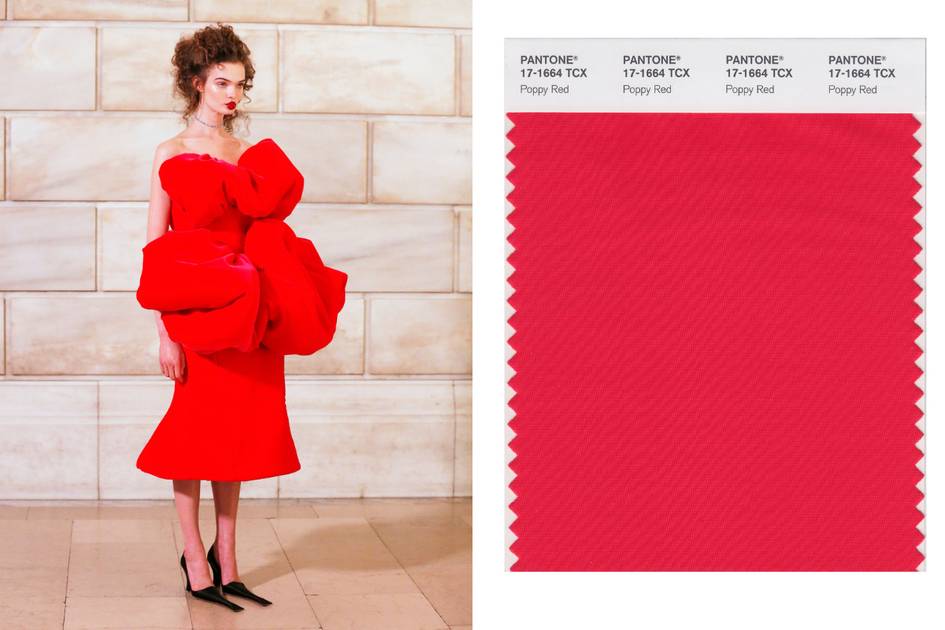Kering celebrates 10 years of Women In Motion
Women in Motion Credits: Courtesy Kering In the ecosystem where fashion, film, and culture converge, Kering’s Women In Motion has carved out a space not only for reflection, but for redefinition. Launched by the French luxury group at the Festival de Cannes in 2015, the initiative has grown into a vital platform for recalibrating the gender narrative within the creative industries—one award, one voice, one frame at a time. Now celebrating its 10th anniversary, Women In Motion is not simply a philanthropic side project of a luxury conglomerate. It is a strategic expression of Kering’s corporate identity—positioning the group as a cultural bellwether as much as a steward of heritage houses like Gucci, Balenciaga, and Bottega Veneta. At its core, the initiative blends the business of image with the politics of representation—using the stage of Cannes to amplify underrepresented female voices, and to explore how the cinematic gaze influences, and is influenced by, broader visual culture, including fashion itself. The power of the gaze: behind and In front of the camera To mark this milestone year, Kering commissioned a comprehensive study from Dr. Stacy L. Smith, founder of the Annenberg Inclusion Initiative at USC, examining gender representation in cinema since 2015. The results reflect a complex picture—one that fashion creatives, too, would do well to heed. Between 2015 and 2024, the proportion of female lead characters in the top 100 US box office films climbed from 32 percent to 54 percent. A striking gain—particularly given that female-led films perform as well commercially as their male counterparts. But the study cautions against premature celebration: only 32 percent of all speaking characters are women, a quarter of whom are portrayed in revealing clothing or partial nudity. These cinematic tropes echo fashion's own historical fixation with the female body as spectacle rather than subject. On the production side, the gender gap remains wide. Female directors accounted for just 13.6 percent of top-grossing films in 2024—a rise from 7.5 percent a decade earlier, yet far from parity. The fashion world, still grappling with its own leadership imbalance, may see this as a parallel—and a call to act. Fashion’s patronage of the arts, reimagined Where the industry once defined cultural relevance through seasonal campaigns or catwalk moments, Kering has recast fashion's power through long-term cultural patronage. Women In Motion’s Emerging Talent Prize, awarded annually at Cannes, exemplifies this. Since its inception, the prize has backed 11 women directors, resulting in 23 films—many of which have achieved critical acclaim. Carla Simón’s Alcarràs took the Golden Bear in Berlin in 2022, while Maura Delpero’s Vermiglio ou la mariée des montagnes received Venice’s Grand Jury Prize in 2024. This year, the honour goes to Brazilian director Marianna Brennand, whose new film Manas explores sisterhood and trauma with visual precision and emotional fluency. Kering’s support of such narratives reflects an understanding that cultural production—be it on screen or in fabric—shapes identity and aspiration. By funding stories that challenge dominant perspectives, the group is staking out its position at the vanguard of cultural influence.

In the ecosystem where fashion, film, and culture converge, Kering’s Women In Motion has carved out a space not only for reflection, but for redefinition. Launched by the French luxury group at the Festival de Cannes in 2015, the initiative has grown into a vital platform for recalibrating the gender narrative within the creative industries—one award, one voice, one frame at a time.
Now celebrating its 10th anniversary, Women In Motion is not simply a philanthropic side project of a luxury conglomerate. It is a strategic expression of Kering’s corporate identity—positioning the group as a cultural bellwether as much as a steward of heritage houses like Gucci, Balenciaga, and Bottega Veneta.
At its core, the initiative blends the business of image with the politics of representation—using the stage of Cannes to amplify underrepresented female voices, and to explore how the cinematic gaze influences, and is influenced by, broader visual culture, including fashion itself.
The power of the gaze: behind and In front of the camera
To mark this milestone year, Kering commissioned a comprehensive study from Dr. Stacy L. Smith, founder of the Annenberg Inclusion Initiative at USC, examining gender representation in cinema since 2015. The results reflect a complex picture—one that fashion creatives, too, would do well to heed.
Between 2015 and 2024, the proportion of female lead characters in the top 100 US box office films climbed from 32 percent to 54 percent. A striking gain—particularly given that female-led films perform as well commercially as their male counterparts. But the study cautions against premature celebration: only 32 percent of all speaking characters are women, a quarter of whom are portrayed in revealing clothing or partial nudity. These cinematic tropes echo fashion's own historical fixation with the female body as spectacle rather than subject.
On the production side, the gender gap remains wide. Female directors accounted for just 13.6 percent of top-grossing films in 2024—a rise from 7.5 percent a decade earlier, yet far from parity. The fashion world, still grappling with its own leadership imbalance, may see this as a parallel—and a call to act.
Fashion’s patronage of the arts, reimagined
Where the industry once defined cultural relevance through seasonal campaigns or catwalk moments, Kering has recast fashion's power through long-term cultural patronage. Women In Motion’s Emerging Talent Prize, awarded annually at Cannes, exemplifies this.
Since its inception, the prize has backed 11 women directors, resulting in 23 films—many of which have achieved critical acclaim. Carla Simón’s Alcarràs took the Golden Bear in Berlin in 2022, while Maura Delpero’s Vermiglio ou la mariée des montagnes received Venice’s Grand Jury Prize in 2024. This year, the honour goes to Brazilian director Marianna Brennand, whose new film Manas explores sisterhood and trauma with visual precision and emotional fluency.
Kering’s support of such narratives reflects an understanding that cultural production—be it on screen or in fabric—shapes identity and aspiration. By funding stories that challenge dominant perspectives, the group is staking out its position at the vanguard of cultural influence.


















































































































































































